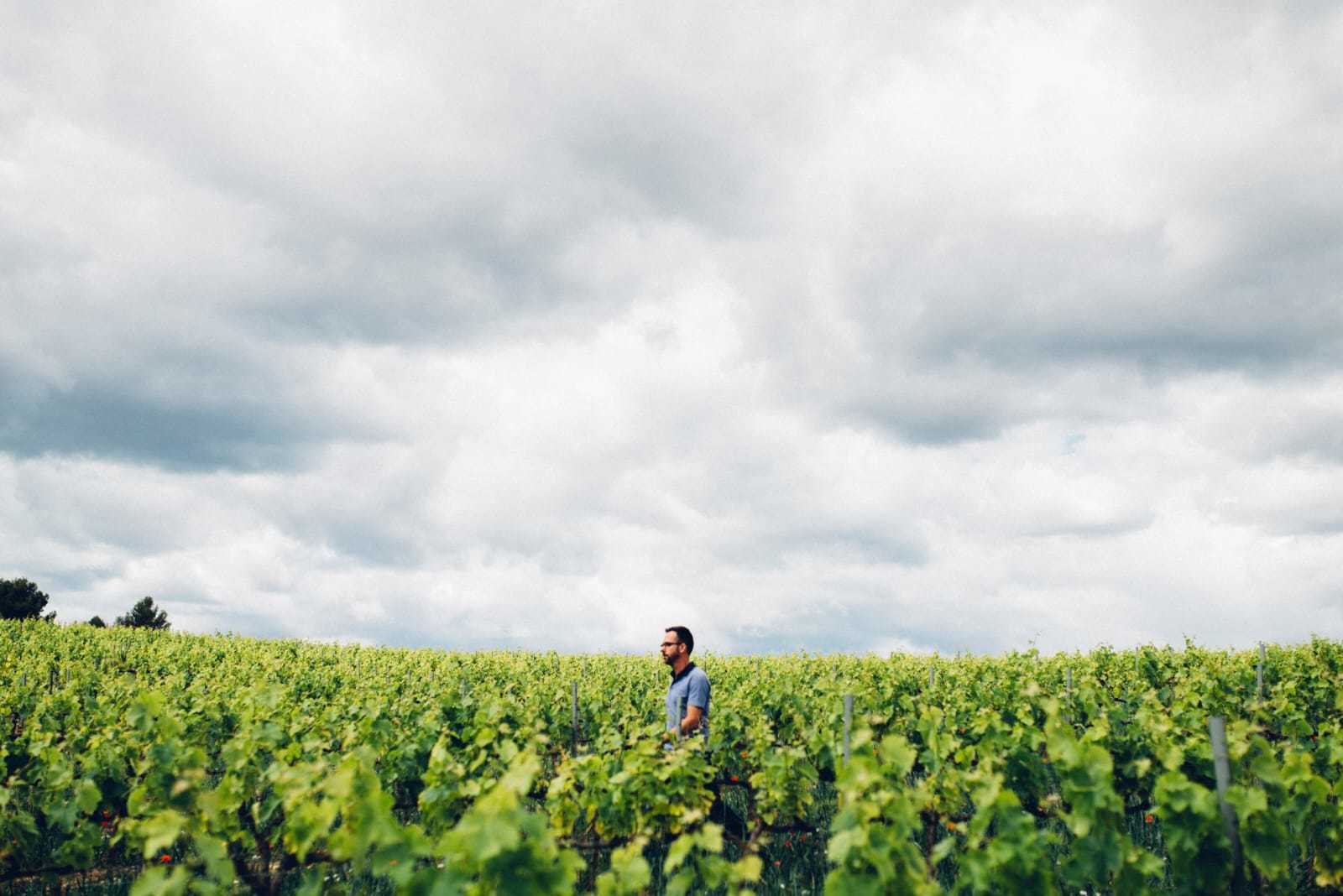What is this project about?
GRAPEVINE uses satellite images and meteorological data to build a phenological model that helps to understand the behaviour of five pests that affect the vine: Downy Mildew (Plasmopara vitícola), Grey Mould-rot (Botrytis cinerea), Powdery Mildew (Uncinula necator), European Grapevine Moth (Lobesia botrana) and Vine Leaf-roller Moth (Sparganothis pilleriana).
Together with the four Denominations of Origin of Aragon, their ATRIAs, the FARA Network and the Center for Plant Health and Certification of the Government of Aragón (CSCV), we have established a network of field checking plots, in which we have installed meteorological stations and with which we measure temperature, relative humidity ... and we also have satellite images, which through hyperspectral and infrared cameras allow us to see the physiological problems of the vine that are not visible with a naked eye. Besides, we have historical data about other pests and diseases that have affected the vineyard in Aragón and how they have been treated.
With all this, we generate a large amount of data that thanks to Artificial Intelligence and Big Data allows us to create behavioural models.
What is the goal you are pursuing with Grapevine?
The ultimate goal is to provide farmers in the Mediterranean area and across Europe with an app with which they can predict what will happen to their vineyards, whether they will have pests or diseases and what measures they can take to control it. It is a similar system to the one used to measure allergy levels, when they warn if there is more or less pollen. Here, we use systems that measure spores, if there are no spores, there is no disease, so there is no need to treat the field.
The objective is to try to reduce as much as possible the number of treatments given to the vineyard, something that undoubtedly has a lot of weight in organic farming.
Could it be possible to create something similar with pests that affect other types of crops, such as cereal or fruit, for example?
There are other crops in which the use of this technologies has better results, but it could be possible also. Similar models already exist in rice and corn, which are large extensions and easier to treat. At ITAINNOVA they are also working on the development of a phenological model for peach. Vineyard is a very complicated crop, it doesn’t depend on cold, but on accumulated hours of heat and that is why it is so complex and at the same time so interesting.
How is going to be the season regarding pests?
This year is going to be hard, the harvest will go ahead, but it’s likely to be reduced by up to 25%. There have been rains with no wind and very mild temperatures, ideal conditions for fungi. There has been Downy Mildew incidence and many treatments are already being applied in the field. This is good for us, because it is the best way to see how they behave and create models, but farmers will have to be more vigilant than ever.
And how can they be fought so that they harm crops as little as possible?
In insects (Lobesia) it is very simple, because we know that it is due to sexual confusion. If you put diffusers of a female pheromone in the vines, the males cannot find the female, because the smell is permanent, so they don’t fertilize them and there is no egg. It’s a good treatment that avoids the use of phytosanitary products. Then there is trapping, in which the use of these products is inevitable, and sulfur and copper, which are the most common but must be used with great care because they can burn the soil.
There are also more modern treatments, based on biological control, with a bacterium or fungus competing with another fungus, but a very high technical level is required. Hence the importance of creating monitoring models for all pests, which allow us to minimize any type of treatment.




